LinkedIn rolls out new generative AI tool for job seekers
The new LinkedIn AI chatbot promises to provide premium members with a personalized ‘job seeking coach’.
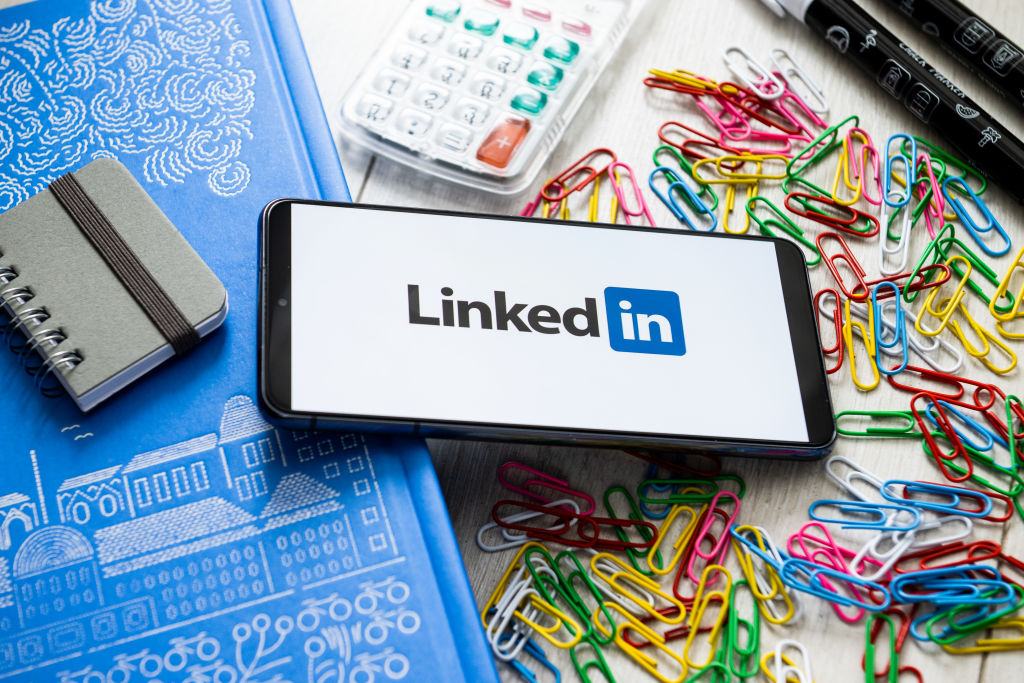

LinkedIn has introduced a new feature for premium users that uses generative AI to help jobseekers find new roles.
The social media platform, owned by Microsoft, debuted the AI chatbot, which is powered by OpenAI’s GPT-4, to a subset of US-based premium career members on 1 November 2023.
LinkedIn said the AI tool will leverage a knowledge graph based on data from its 1 billion members and 67 million employers to provide users with advice on how they can tailor their profile to make applications more successful and evaluate whether or not they are a good fit for roles.
The AI will also analyze a user’s posts on their feed and suggest relevant opportunities that users may have missed in their search.
VP of Engineering Lei Yan said the target for the new tool is for job seekers to receive a bespoke experience tailored to their sector and skills,
"We’re transforming the job seeking experience for our Premium subscribers to be more personalized, efficient, and adaptive with the help of AI. Premium subscribers will also see personalized takeaways and insights on posts and articles in their feed to help them build professional knowledge and stay up to date in their domain.”
The new chatbot follows the integration of several AI features on the social networking platform in recent months. In May 2023, the firm introduced a raft of AI enhancements such as automatically generated, personalized recruiter messages, AI-enhanced job descriptions, and a profile building service.
Get the ITPro daily newsletter
Sign up today and you will receive a free copy of our Future Focus 2025 report - the leading guidance on AI, cybersecurity and other IT challenges as per 700+ senior executives
Concerns around AI in recruitment
The use of AI in the recruitment sector has received some criticism in recent years.. For example, in 2018 machine learning engineers at Amazon, which had been using automated application review processes since 2014, discovered the recruiting mechanism had an internal bias against women.
RELATED RESOURCE
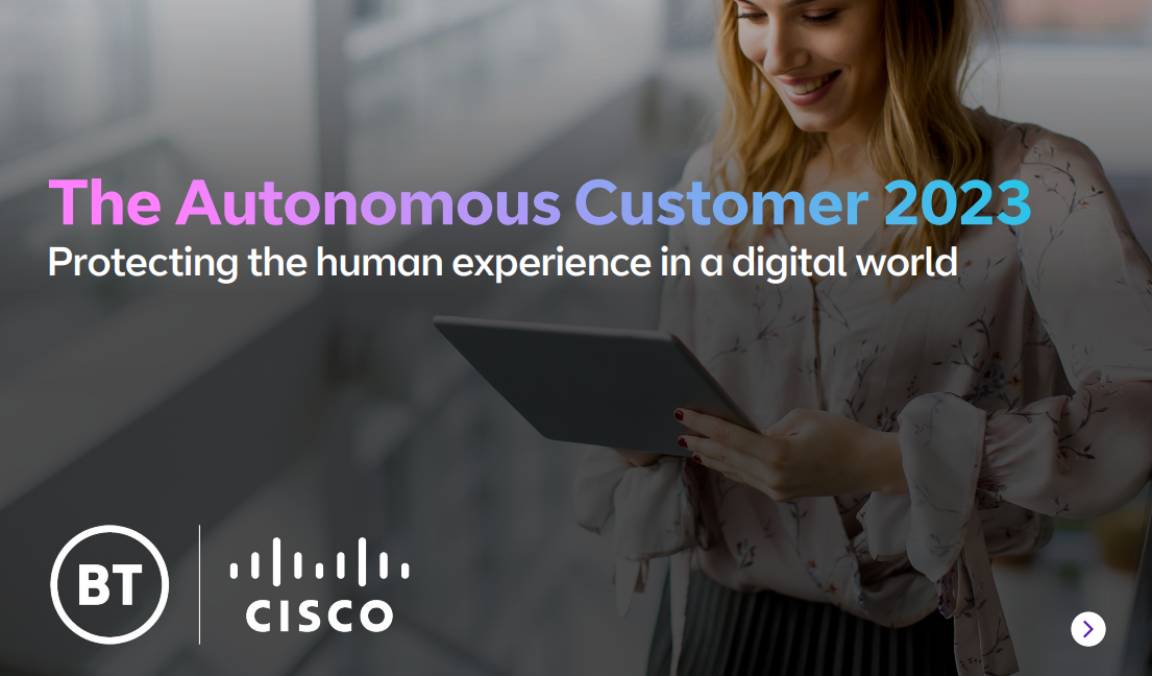
Discover how you can deliver outstanding customer service.
DOWNLOAD NOW
The system, trained on the hiring patterns from the previous 10 years, was observed to be recreating the gender-based inequalities that existed in the company’s previous recruitment cycles.
Recent research has shown racial bias, in addition to gender-based inequality, remains a pervasive issue in tech recruitment, suggesting AI systems trained on currently available datasets are likely to reflect this bias, and may even amplify it.
The potential for AI to address employment inequalities
Yet AI’s impact on labor market inequalities has the potential to be a positive one if applied in specific ways. This is the argument of the founder and chief executive of Melbourne-based startup Sapia.ai, Barb Hyman.
The hiring automation service interviews thousands of candidates simultaneously via text chat, which removes many of the factors that might influence an AI or human in charge of recruitment, claimed Hyman when speaking to The Guardian in March 2023.
“The only way to remove bias in hiring is to not use people right at the first gate,” Hyman says. “That’s where our technology comes in: it’s blind; it’s untimed, it doesn’t use resume data or your social media data or demographic data. All it is using is the text results.”

Solomon Klappholz is a former staff writer for ITPro and ChannelPro. He has experience writing about the technologies that facilitate industrial manufacturing, which led to him developing a particular interest in cybersecurity, IT regulation, industrial infrastructure applications, and machine learning.
-
 Should AI PCs be part of your next hardware refresh?
Should AI PCs be part of your next hardware refresh?AI PCs are fast becoming a business staple and a surefire way to future-proof your business
By Bobby Hellard
-
 Westcon-Comstor and Vectra AI launch brace of new channel initiatives
Westcon-Comstor and Vectra AI launch brace of new channel initiativesNews Westcon-Comstor and Vectra AI have announced the launch of two new channel growth initiatives focused on the managed security service provider (MSSP) space and AWS Marketplace.
By Daniel Todd
-
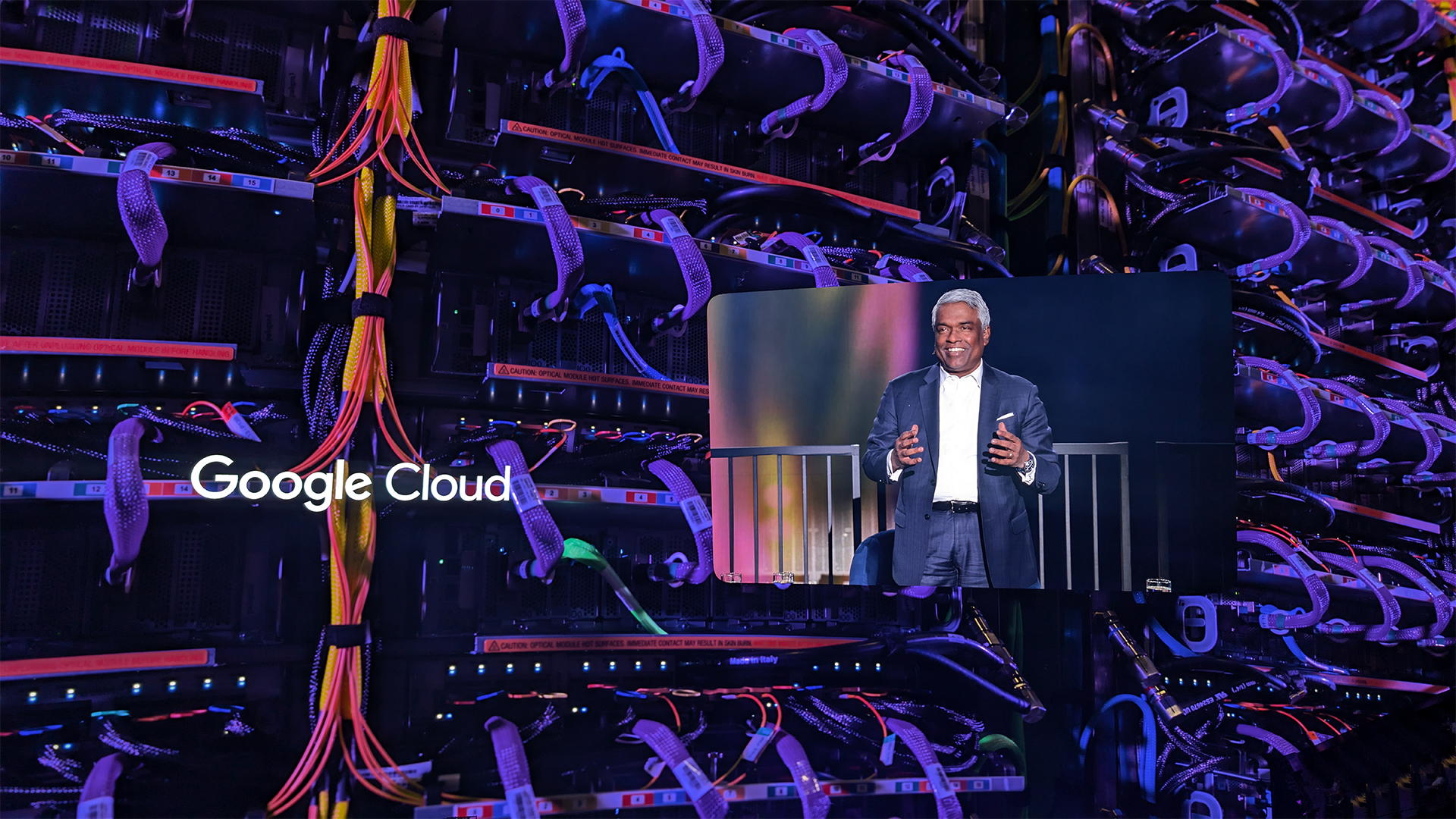 Google Cloud is leaning on all its strengths to support enterprise AI
Google Cloud is leaning on all its strengths to support enterprise AIAnalysis Google Cloud made a big statement at its annual conference last week, staking its claim as the go-to provider for enterprise AI adoption.
By Rory Bathgate
-
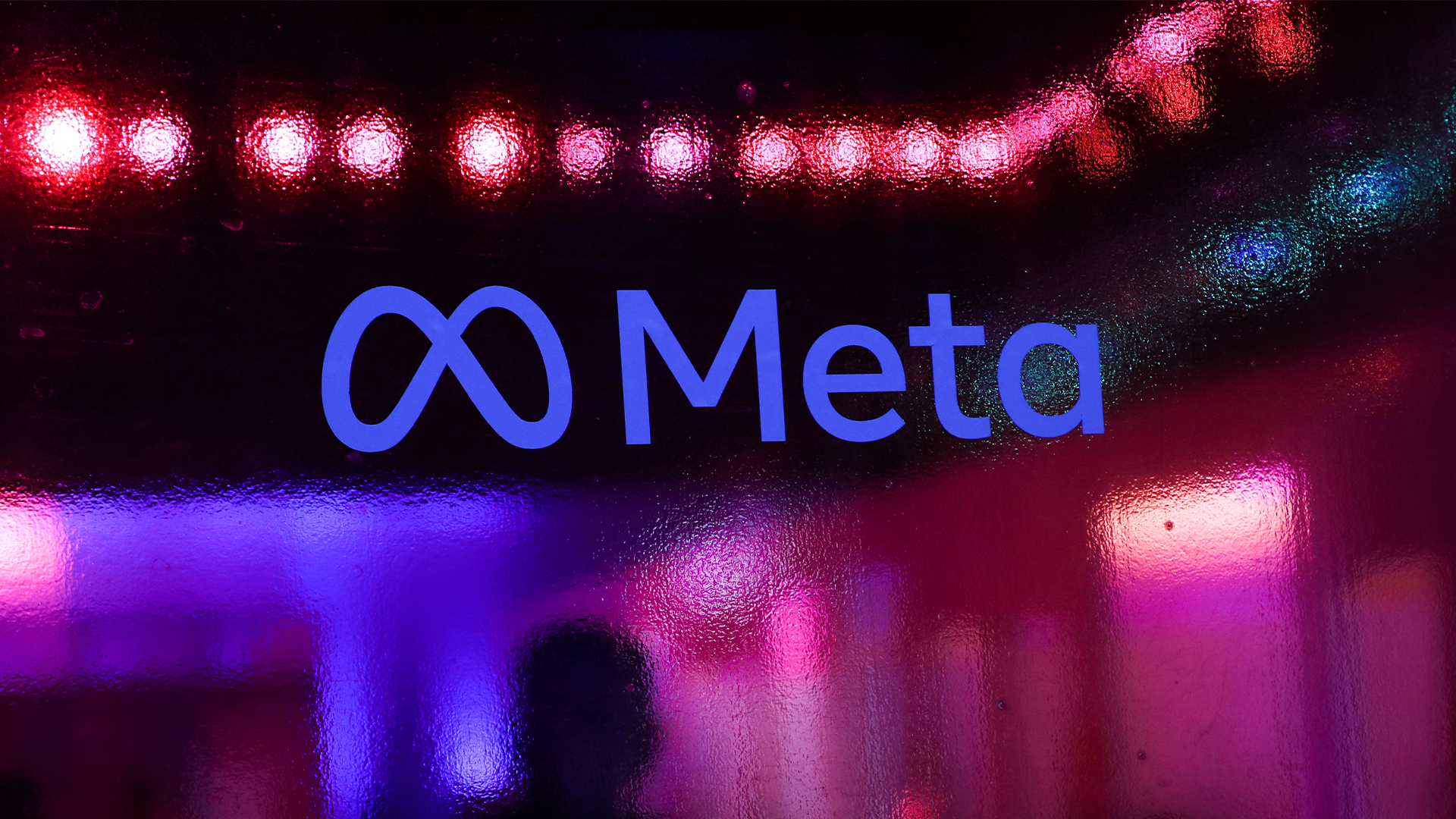 Meta executive denies hyping up Llama 4 benchmark scores – but what can users expect from the new models?
Meta executive denies hyping up Llama 4 benchmark scores – but what can users expect from the new models?News A senior figure at Meta has denied claims that the tech giant boosted performance metrics for its new Llama 4 AI model range following rumors online.
By Nicole Kobie
-
 Fake it till you make it: 79% of tech workers pretend to know more about AI than they do – and executives are the worst offenders
Fake it till you make it: 79% of tech workers pretend to know more about AI than they do – and executives are the worst offendersNews Tech industry workers are exaggerating their AI knowledge and skills capabilities, and executives are among the worst offenders, new research shows.
By Nicole Kobie
-
 Sourcetable, a startup behind a ‘self-driving spreadsheet’ tool, wants to replicate the vibe coding trend for data analysts
Sourcetable, a startup behind a ‘self-driving spreadsheet’ tool, wants to replicate the vibe coding trend for data analystsNews Sourcetable, a startup developing what it’s dubbed the world’s first ‘self-driving spreadsheet’, has raised $4.3 million in funding to transform data analysis.
By Ross Kelly
-
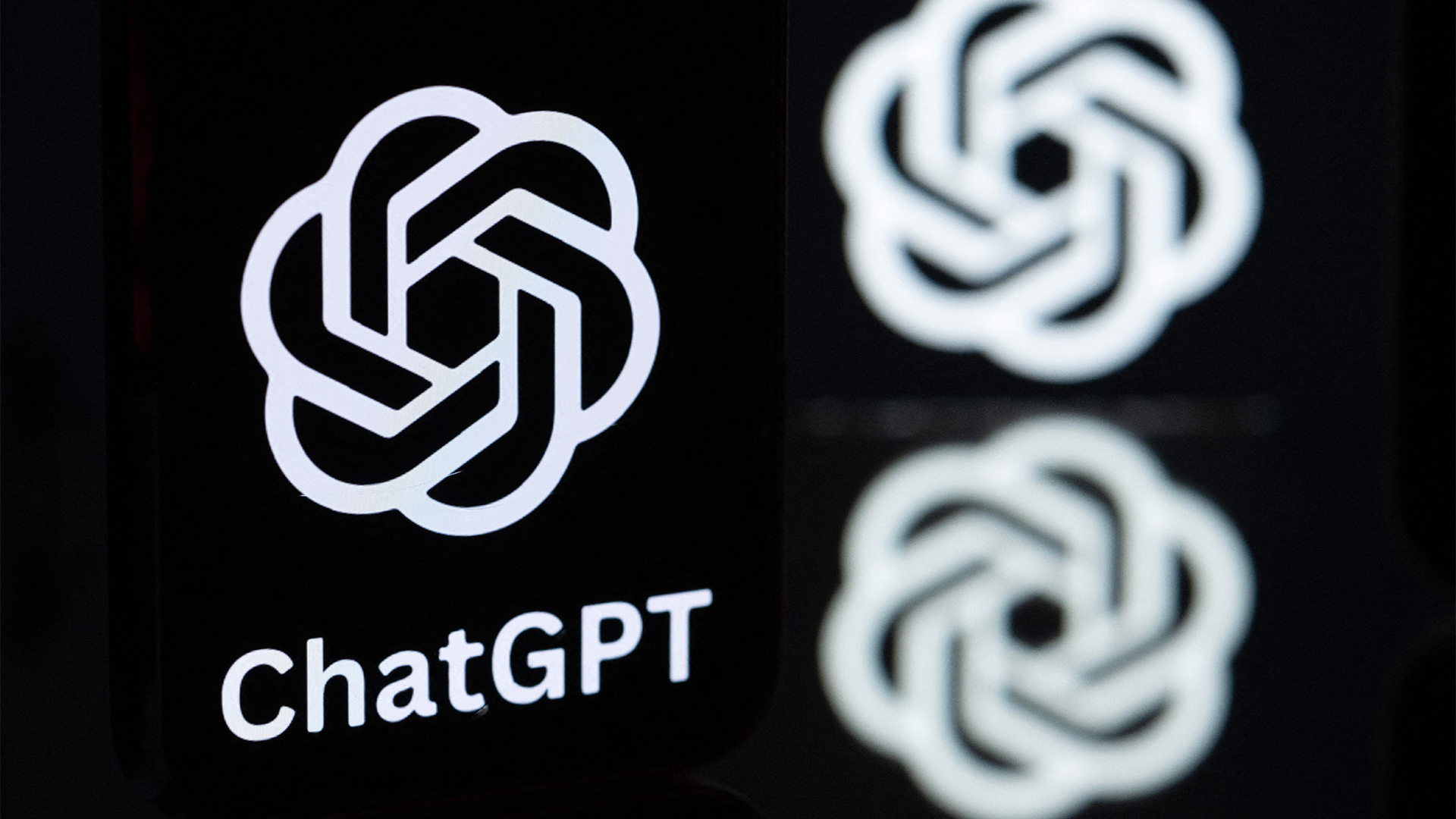 DeepSeek and Anthropic have a long way to go to catch ChatGPT: OpenAI's flagship chatbot is still far and away the most popular AI tool in offices globally
DeepSeek and Anthropic have a long way to go to catch ChatGPT: OpenAI's flagship chatbot is still far and away the most popular AI tool in offices globallyNews ChatGPT remains the most popular AI tool among office workers globally, research shows, despite a rising number of competitor options available to users.
By Ross Kelly
-
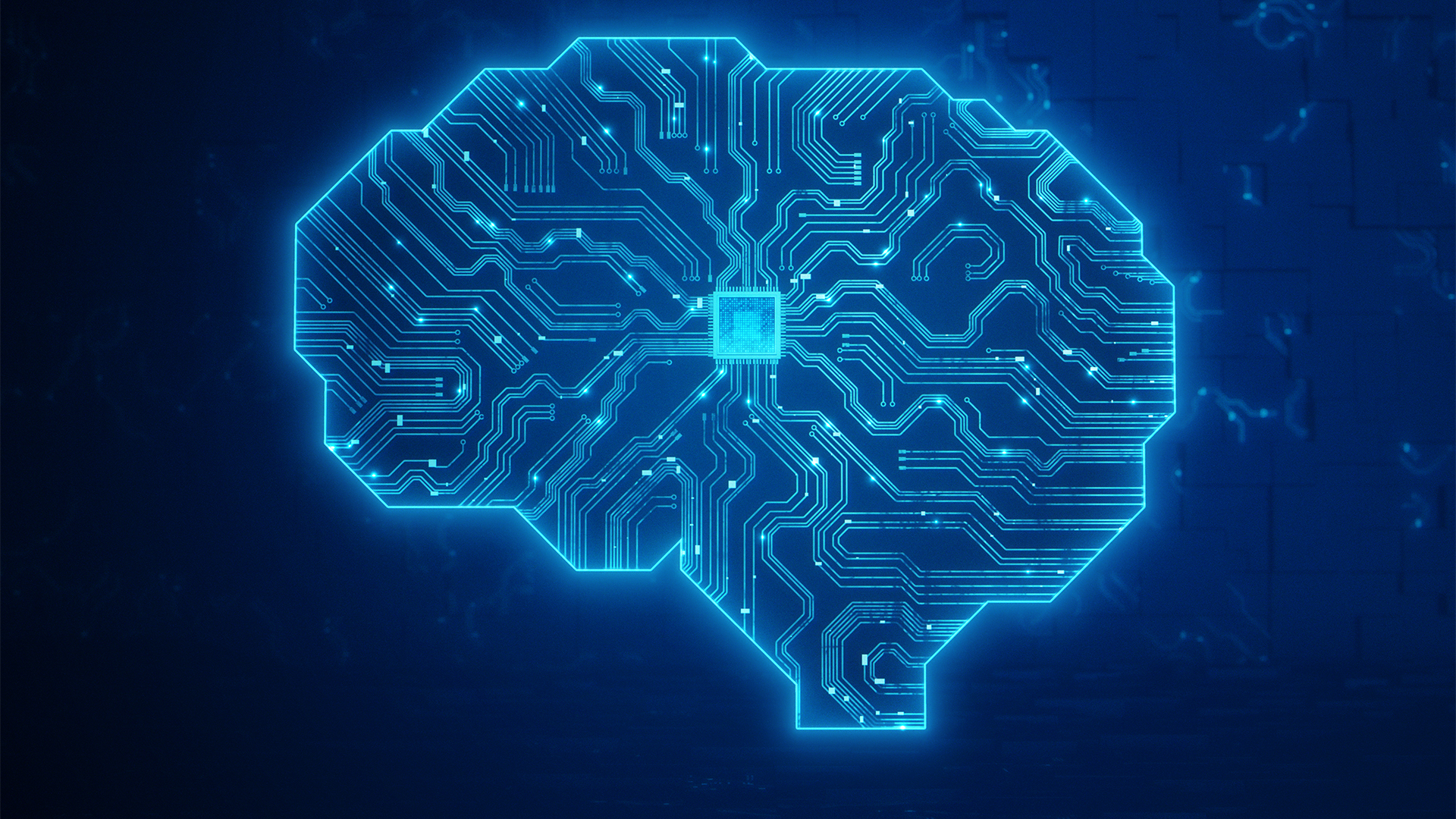 ‘DIY’ agent platforms are big tech’s latest gambit to drive AI adoption
‘DIY’ agent platforms are big tech’s latest gambit to drive AI adoptionAnalysis The rise of 'DIY' agentic AI development platforms could enable big tech providers to drive AI adoption rates.
By George Fitzmaurice
-
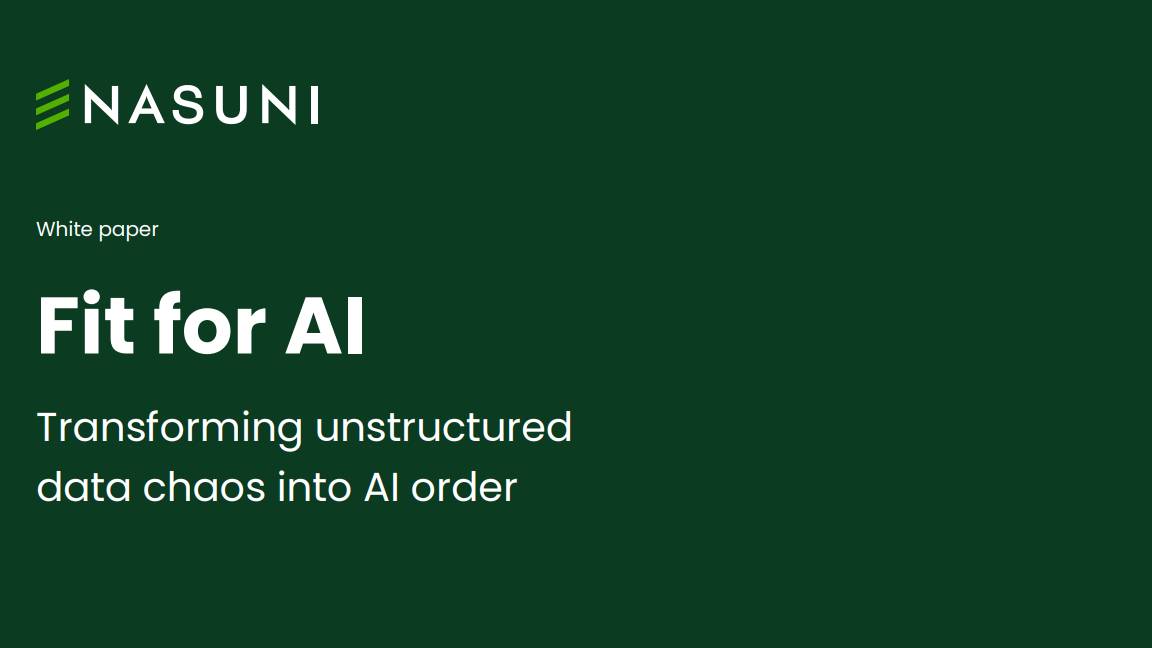 Fit for artificial intelligence
Fit for artificial intelligencewhitepaper Ensure data availability to applications and services with hybrid cloud storage
By ITPro
-
 Fit for AI
Fit for AIwhitepaper Ensure data availability to applications and services with hybrid cloud storage
By ITPro